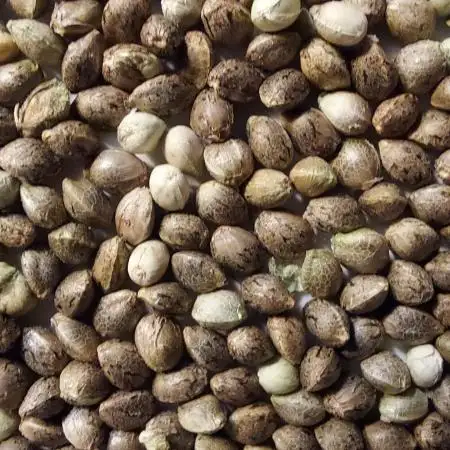The Grow Awards 2026 🏆
Best Carbohydrates organic NUTS ??
00110001001001111Oanswered grow question 1y ago
As far as i know all of that stuff all has to be chelated before it can enter a plant, and the 'carbohydrate' portion of molecule can't enter the plant nor be used by it. It might help feed the biome (beneficial microbes) of substrate.
Relies on microbes to break it down into the same molecules that would normally enter the plant. the cause effect of a moelcules is purely about how it is constructed/configured and not what ait was made from. e.g. whether you use sugar and yeast or burn some LP, that CO2 is always behaving like all other CO2 molecules,. All NO3- will act like NO3-
Example with nitrogen --
https://www.ncbi.nlm.nih.gov/pmc/articles/PMC10605003/
"N is an essential macronutrient for plants, and it can be acquired from the soil in inorganic forms (NO3− and NH4+) ... "
If it's not in that form "something" has to break it down and what that original molecules was absolutely does not matter to how the NO3- or NH4+ got there. The ratio of nitrate to amonium is a well mapped out thing and should already be implemented by any self-respecting fertilizer brand.


